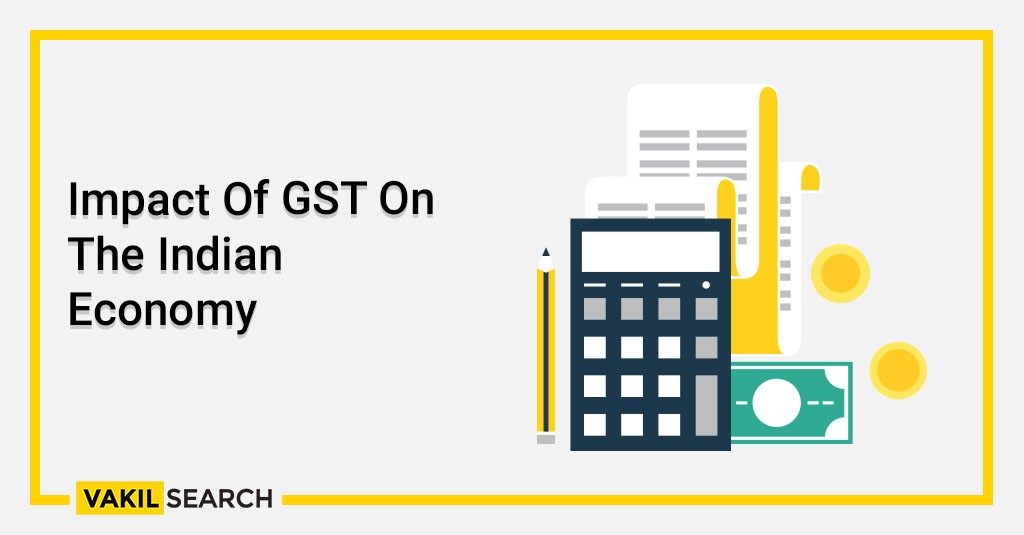GST, the biggest tax reform in India based on the "one country, one market, one tax" concept, has finally arrived. The moment the Indian government has been waiting for for a decade has finally arrived. The largest indirect tax regime goes into effect, removing all barriers to interstate commerce. The implementation of GST, in one failed attempt, turned India into a single market of 1.3 billion citizens.
Essentially, the $2.4 trillion economies is trying to transform itself by removing internal tariff barriers and merging central, state, and local taxes into a single GST. The rollout has revived hopes that India\'s tax reform program will regain momentum and expand the economy. Again, there are concerns about a breakdown, rooted in what is seen as a hasty transition that may not serve the country\'s interests. Does hope triumph over uncertainty? It will depend on how our government works to make GST a “good and simple tax”.
From the consumer\'s point of view, he should now pay more tax on most of the goods and services he consumes. Most daily consumables now have the same or slightly higher rates. In addition, implementing GST has an associated compliance cost. It seems likely that this compliance cost will be very high and high for small manufacturers and merchants, who have also objected to the same. They can price their products at a higher price.
Speaking of long-term benefits, GST is expected to not only mean lower tax rates but also a minimal tax bracket. Countries, where the Goods and Services Tax has helped to reform the economy, have only 2 or 3 tax rates - one average, one lower for essentials, and one. higher for luxury products.
Currently, in India, we have 5 bands, with up to 3 rates - one built-in rate, one central rate, and one state rate. In addition to these, a tax is also levied. Fear of losing revenue has prevented the government from betting on lower or lower rates. It is highly unlikely that any changes will happen anytime soon; although the government has said that the rate can be revisited once the RNR (income neutral rate) is reached. The impact of GST on macroeconomic indicators will be very positive in the medium term. Inflation will decrease because the stratification (tax levied) effect of taxes will be eliminated.
Government tax revenue is likely to increase with the tax net expanding, and the budget deficit needs to be brought under control. Moreover, exports will increase, while FDI (foreign direct investment) will also increase. Industry leaders believe the country will climb an easy business ladder with the implementation of the most significant tax reform in the country\'s history.

